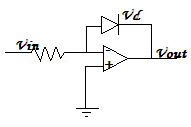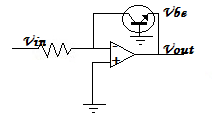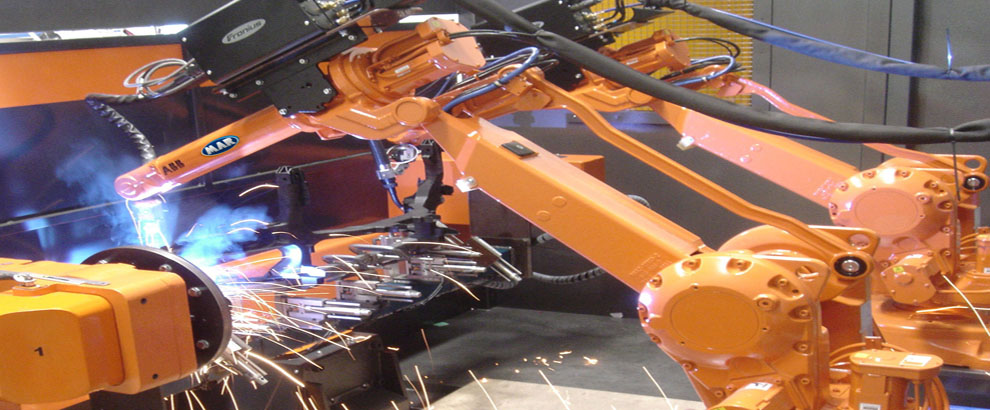Whenever we are in need of compression of analog input data, we go for logarithmic and anti-logarithmic amplifier. If we need to linearize the transducer that have exponential output and to perform analog multiplication and division, we need to go for logarithmic amplifier
We should use a device, which exhibits logarithmic characteristics as a feedback element. It should produce the logarithmic response, which eventually means that the output voltage is a function of the logarithm of input voltage. It can be expressed by
Vout = -K ln(Vin)
Where ln = natural logarithm to the base e
K = constant
We need a semi-conductor PN junction. I hope you are all well aware with PN-junction diode and BJT, which provides logarithmic characteristics. Diode always exhibits non-linear characteristics up to forward voltage of 0.7 volts.

LOGARITHMIC AMPLIFIER USING DIODE
As seen above, if a diode is used as a feedback element of the operational amplifier circuit, the resulting circuit will be logarithmic amplifier. We stick to the basic that inverting input is virtual ground, the output is –Vd when there is a positive input. Since Vd is logarithmic, so is Vout. Since diode’s nonlinear characteristics is reduced to 0.7 volts, the output is also limited to a maximum value of -0.7 volts.
Now, will see a logarithmic amplifier using BJT, and all the expression used in logarithmic amplifier using diode is same but instead of Vd, we use V be. And circuit for the same is

LOGARITHMIC AMPLIFIER USING BJT
Applications
- Arithmetic operations,
- Root Mean Square Value detection,
- Computerized process control,
- Signal Processing,
- Compressing and decompressing signals,
- Log amp is a key component in video and wireless systems











